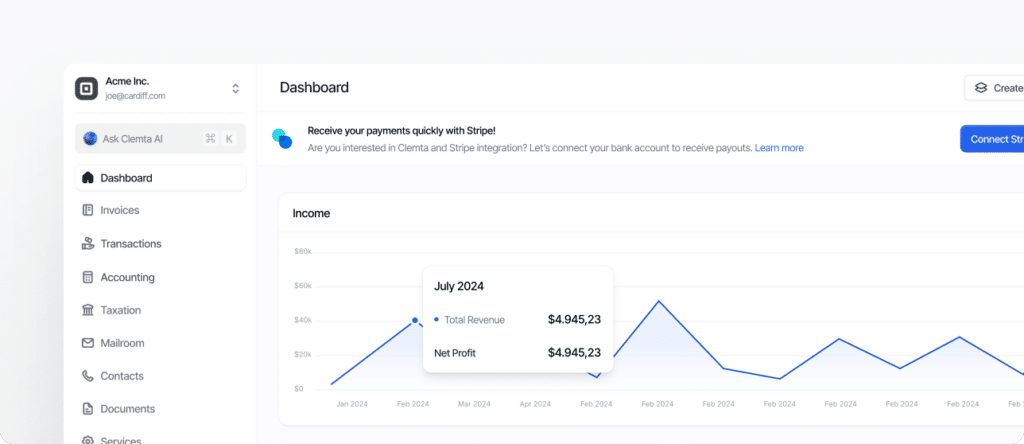A tax withheld at the source of income (often by the payer) before the payment is made to the recipient. In a U.S. context, it commonly applies to wages, dividends, interest, and certain payments to foreign persons.
What is Withholding Tax?
Withholding tax is a method governments use to collect taxes at the time income is earned, rather than waiting until a tax return is filed. The payer (such as an employer, bank, or business) deducts a portion of the payment and sends it directly to the tax authority on behalf of the payee. The recipient then receives the net amount after tax has been withheld.
In the U.S., withholding tax takes several forms. For employees, it’s the portion of wages withheld by the employer to cover federal income tax, Social Security, and Medicare obligations (calculated based on the employee’s Form W-4). For non-U.S. residents, withholding tax applies to certain U.S.-source income, such as dividends, interest, royalties, and payments for services. The default rate for payments to foreign persons is 30%, though this can be reduced or eliminated if there’s an applicable tax treaty between the U.S. and the recipient’s country of residence.
For non-U.S. founders operating a U.S. business, withholding tax is especially relevant when making payments to foreign owners, contractors, or related companies. U.S. companies are generally required to withhold and remit tax on payments of U.S.-source income to foreign persons unless they have valid tax treaty documentation from the recipient.
For example, if your U.S. company pays you (a non-U.S. owner) a $1,000 dividend, the U.S. tax rules say you might need to withhold 30% (so you’d receive $700, and $300 would be sent to the IRS). If your country has a tax treaty with the U.S., that rate could be reduced (for example, to 15% or even 0%), but only if you provide the correct form (like W-8BEN or W-8BEN-E).
Withholding tax also applies if your U.S. business pays a foreign contractor or a related company outside the U.S. For instance, if your Delaware LLC pays a software developer in Spain for work performed in the U.S., you may have to withhold U.S. tax unless there’s an exemption or treaty benefit.
For non-U.S. founders, this means you need to:
- Know which payments require withholding (like dividends, interest, royalties, or U.S.-source service payments).
- Collect the correct forms from foreign payees to apply treaty rates.
- Send the withheld amount to the IRS on time.
It’s not an extra tax (it’s like a “prepayment” of the recipient’s tax bill). The recipient can often get a refund or credit later when they file taxes in their home country. But if you skip withholding when it’s required, the IRS can hold your company responsible for the full amount, plus penalties.
In summary, withholding tax shifts the responsibility of tax collection to the payer, providing governments with upfront revenue and ensuring compliance, especially for cross-border transactions. For U.S. businesses (particularly those with international stakeholders) it’s critical to understand when and how withholding applies to avoid penalties.

